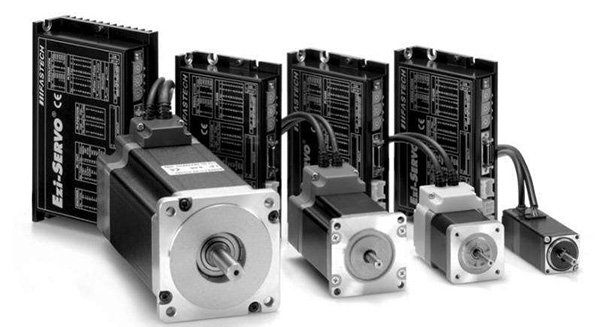Difference Between Brushless Motor And Stepper Motor
The motor is a kind of power device that is routinely used in electrical and mechanical equipment. Super Terminal believes that ensuring the normal operation of the equipment is the most fundamental role of the motor, and it is also one of the most core devices in the entire equipment. How is a brushless motor different from a stepper motor?
1. Different control precision
Based on the different driving principles, brushless DC motors are generally used in places where control accuracy is not high, and stepper motors are used in places where control accuracy is relatively high.
2. Different driving principles
The driving principle of the brushless DC motor and the stepping motor is different. The brushless DC motor is controlled by the alternating power provided by the positioning of the Hall element. The stepping motor is directly driven by a single pulse voltage, and does not require Hall element positioning. The rotation angle can be accurately positioned by controlling the number of pulses applied to the motor.
3. Different speed
The brushless DC motor has a higher speed than the stepper motor; the stepper motor has a limited number of pulses given in a certain period of time due to the driving method, so the general working speed of the stepper motor is mostly below 500 rpm and more than 500 rpm. At rpm the stepper motor torque loss plummets. The brushless motor is commutated by a digital signal through a Hall sensor, without the limitation of carbon brushes, and the speed can be very high, 3000-8000r/min.

Bulletproof motor technicians believe that choosing different motors for different equipment can not only maximize the efficiency of the equipment but also prolong the service life of the motor. Just like we recommend customers to use terminal products that are suitable for them, this will not only play a role in the terminal but also better match other components.












